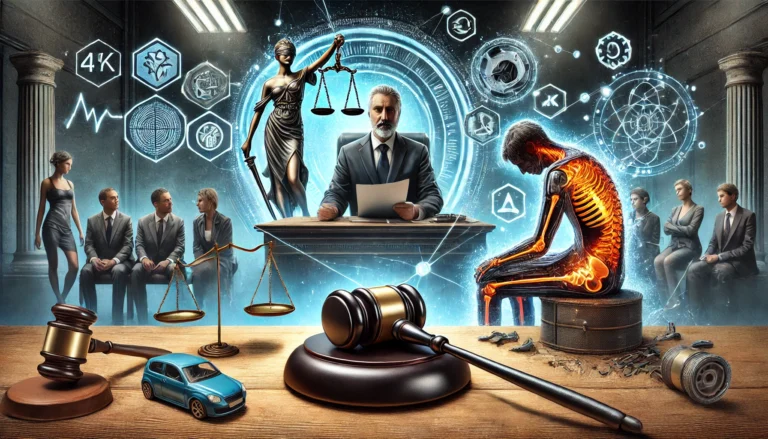New Orleans is a vibrant city filled with culture, but like anywhere else, residents rely on safe and reliable products in their daily lives. When a defective product causes harm, the legal battle often falls under both product liability and personal injury law. Understanding how these two areas intersect is crucial for those seeking compensation. Product liability holds manufacturers, distributors, and retailers accountable for unsafe products, while personal injury claims focus on the damages suffered by the victim.
Proving liability requires strong evidence, expert testimony, and legal expertise, as companies often fight hard to avoid responsibility. That’s where Poolson Oden Injury Lawyers come in—helping victims navigate complex claims, identify responsible parties, and secure rightful compensation. Whether it’s a design flaw, manufacturing defect, or inadequate warning labels, those harmed by faulty products have legal options. With the right legal support, victims can hold negligent companies accountable and protect others from similar harm.
Defining Product Liability
Product liability is the legal theory of a manufacturer or seller of a product being liable for putting a defective product into the hands of consumers. A product liability claim may arise if a defect harms another person. This branch of law obliges enterprises to make sure the goods they sell are safe for use and do not expose users to unfriendly influences.
Types of Product Defects
There are three major types of product defects: design defects, manufacturing defects, and marketing defects. A design defect occurs when the product blueprint is found to contain an inherent flaw that makes the product unsafe. Manufacturing defects, on the other hand, are a push delivered during the production process, making it different from the desired design. Consumer product marketing defects are sales where the instructions or warnings of what to do in consideration of the product are insufficient, which causes the consumer to use the products in the incorrect way.
Understanding Personal Injury Claims
When someone is injured by the negligence of another, this leads to personal injury law claims. These types of claims cover a range of situations, such as personal injury, medical malpractice, and workplace accidents. Personal injury liability claims are a broader category addressing any sort of physical injury to the body or mind, whereas claims for product liability fit into the niche of injuries inflicted by defective products.
Determining Who is Liable for Injuries from a Product
To prove a product liability, you first must show that there was a defect and then establish that the defect was the actual and legal cause of the injury. Then, it needs to connect the defect and the damages that have occurred. This necessitates proving that the product was used as intended and that the injury was caused by the defect as opposed to improper use or some other cause.
Product Liability via Legal Theories
Product liability claims are based on several different legal theories. The main bases of such claims are strict liability, negligence, and breach of warranty. While this falls under strict liability, to show that the manufacturer is responsible for defects regardless of fault, this is also tied closely to negligence, a broader idea of the failure to use reasonable care. Breach of warranty consists of the infringement of the guarantees that accompany the product, whether implicit or express.
The Role of Evidence
In a product liability case, evidence is the most important thing. Written records include evidence of claims, such as purchase receipts, product manuals, and medical evidence. Skilled witnesses may also be essential, offering further characterization of the defect and the previous unqualified effect on the harm.
Difficulties in Product Liability Cases
Product liability cases and claims are frightening to navigate. It is very hard to prove in the case of complex products or technical specification products. In addition to this, manufacturers might refuse to admit liability, which can further complicate the legal process. Hiring experienced legal experts to navigate these challenges will facilitate a fair outcome.
The Impact of Product Recalls
Information about product recalls can move the needle on liability claims. If a product is recalled, it admits to a defect in the product, which bolsters the injured party’s case. Yet a recall does not ensure success — the plaintiff must still show that the defect was the direct cause of the injury.
Compensation For Product Liability Claims
If an individual is successful in filing a claim under product liability, then they may receive payment for their medical bills, lost wages, and other damages. The aim is to put the injured party back in the position as if the harm had never occurred, finally, and account for the loss suffered due to the harm properly. Compensation depends on the type of injury, defect, and many other case-specific considerations.
Conclusion
For anyone who has been harmed by a defective product, understanding the difference between product liability and personal injury claims is critical for those who want justice. These legal paths can be particularly difficult to navigate, given the complications involved in liability, evidence, and compensation. Understanding this link helps protect the rights of an individual and allows them to pursue full compensation.

